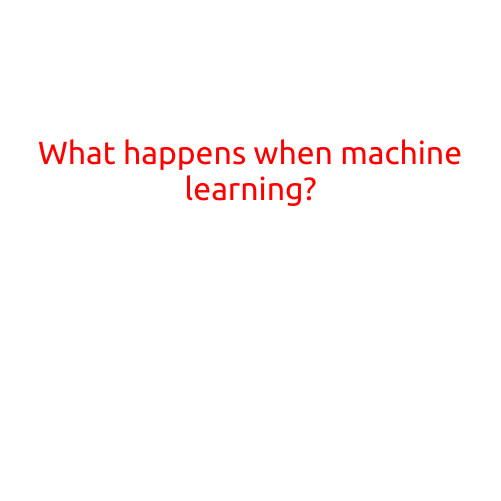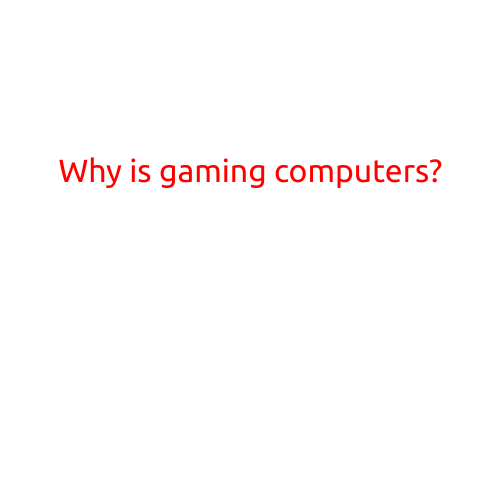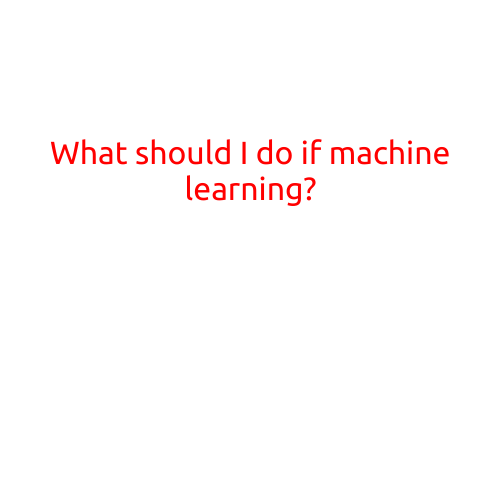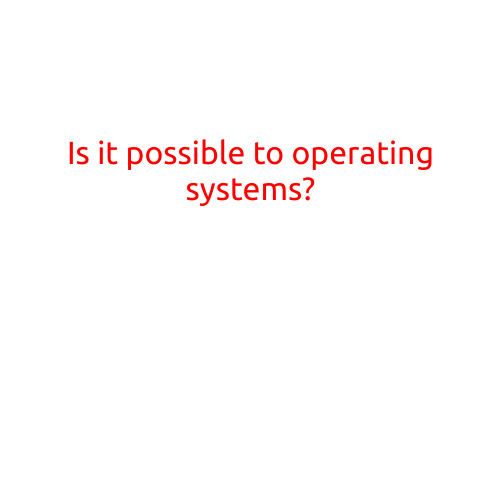
What Happens When Machine Learning?
Machine learning is a rapidly growing field that is transforming the way we live, work, and interact with technology. But have you ever wondered what exactly happens when a machine learning model is created and put into action? In this article, we’ll delve into the fascinating world of machine learning and explore what happens behind the scenes.
The Basics of Machine Learning
Machine learning is a type of artificial intelligence that enables machines to learn from data without being explicitly programmed. The process involves feeding a machine learning algorithm a large dataset, which is used to train the model to recognize patterns and make predictions or decisions.
The Training Phase
When a machine learning model is first created, it goes through a training phase where it is fed a large dataset of labeled examples. For instance, if you’re building a model to recognize cat images, you would feed it a dataset of cat images labeled as “cats” and a dataset of non-cat images labeled as “not cats”.
During this phase, the algorithm analyzes each example, identifies the key features that distinguish cats from non-cats, and adjusts its internal parameters to improve its accuracy. This process can take anywhere from a few hours to several days or even weeks, depending on the complexity of the task and the size of the dataset.
Model Optimization
As the model trains, it goes through a process called model optimization, where it refines its performance by adjusting its internal parameters. This can involve techniques such as regularization, which helps prevent overfitting, or hyperparameter tuning, which optimizes the model’s performance by adjusting its parameters.
Deployment
Once the model has been trained and optimized, it can be deployed in a variety of applications. For example, a machine learning model that recognizes cat images can be integrated into a smartphone app that allows users to identify cat breeds. Or, a model that predicts customer behavior can be used by a company to personalize marketing campaigns.
What Happens When Machine Learning is Deployed?
When a machine learning model is deployed, it begins to interact with data in real-time, making predictions or decisions based on the patterns it learned during training. Here’s what happens when machine learning is deployed:
- Data Ingestion: The model receives new data from various sources, such as sensors, web scraping, or user input.
- Feature Extraction: The model extracts relevant features from the new data, such as text, images, or audio.
- Pattern Recognition: The model uses its trained patterns to recognize relationships between the extracted features and predicts outcomes or makes decisions.
- Output: The model produces an output, which can be a classification, regression, or other type of prediction.
- Feedback Loop: The output is fed back into the model, allowing it to learn and improve over time through a process called incremental learning.
Real-World Applications
Machine learning is being applied in a wide range of industries and applications, including:
- Healthcare: Diagnosing diseases, predicting patient outcomes, and developing personalized treatment plans.
- Finance: Predicting credit risk, detecting fraud, and optimizing investment portfolios.
- Marketing: Personalizing customer experiences, predicting customer behavior, and optimizing advertising campaigns.
- Manufacturing: Predicting equipment failures, optimizing production processes, and improving quality control.
Conclusion
Machine learning is a powerful technology that is transforming the way we live and work. By understanding what happens behind the scenes, we can unlock its full potential and create innovative solutions that solve real-world problems. Whether you’re a developer, data scientist, or business leader, the possibilities of machine learning are endless, and the future is exciting!





